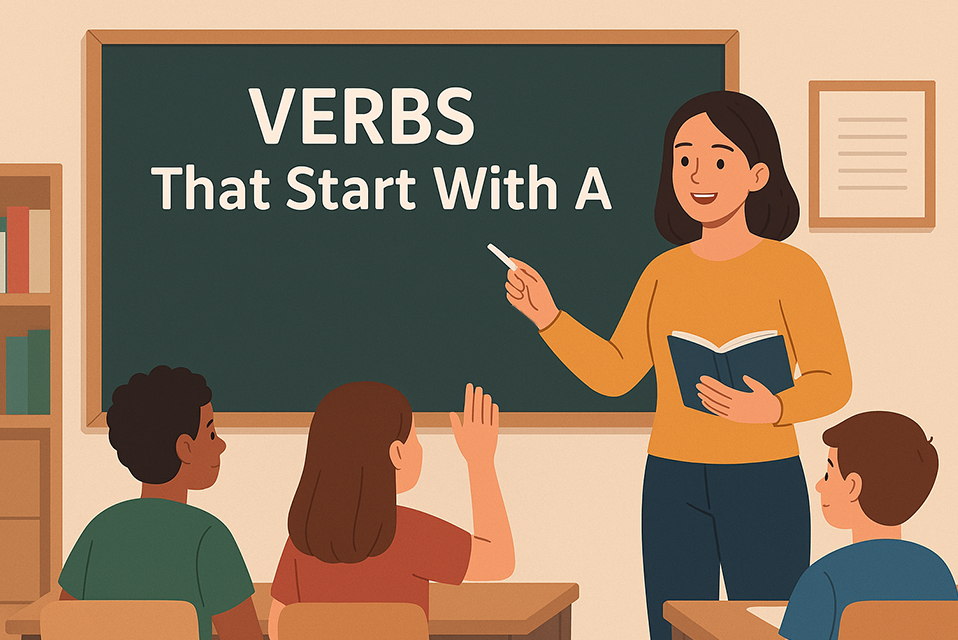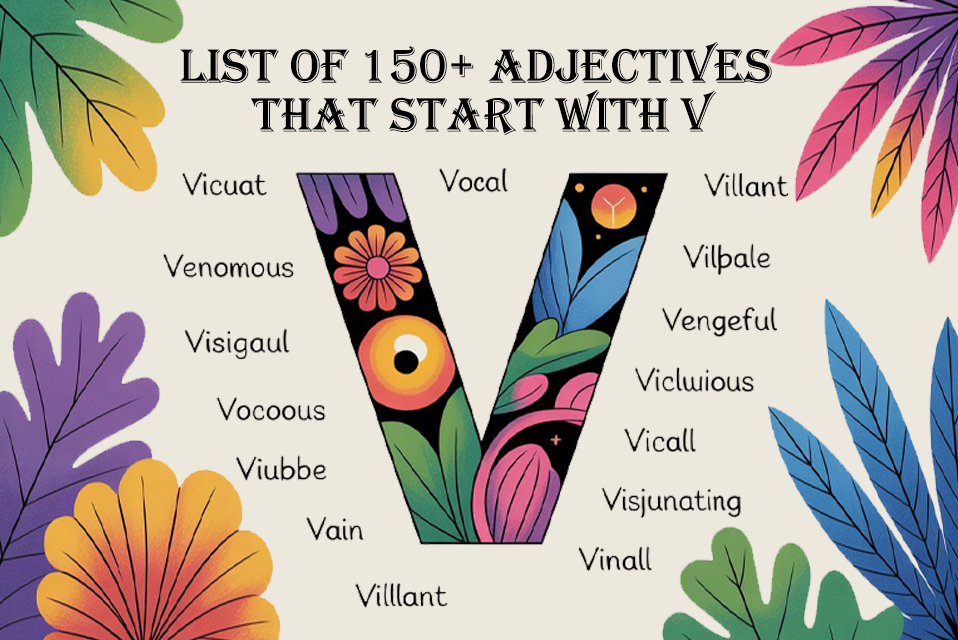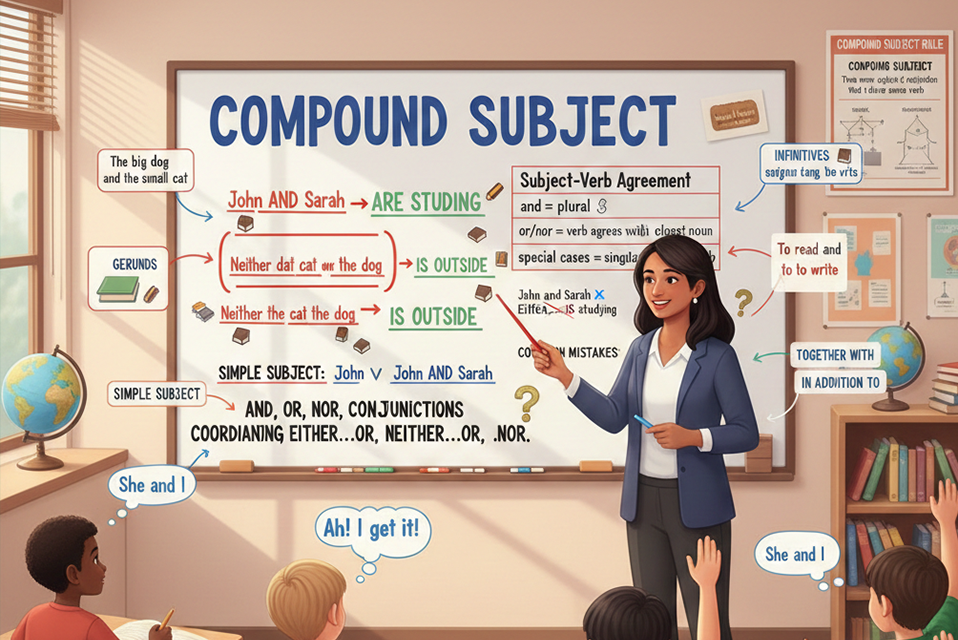Understanding when to use “do” and “does” is essential for anyone learning English. These common auxiliary verbs (or helping verbs) are used to form questions, make negatives, and add emphasis in the present tense. A well-structured do and does worksheet is one of the best ways to master these verbs because it combines clear grammar rules with hands-on practice.
In this guide, you’ll learn the difference between “do” and “does,” explore real-life examples, and complete exercises that will help you speak and write more confidently. You can also check our simple verb tenses explained guide for a deeper understanding of how “do” and “does” fit into English tense usage.
1. Difference Between Do and Does
The rules for using “do” and “does” are straightforward:
| Subject | Verb | Example |
| I, you, we, they (plural subjects) | do | We do our homework every day. |
| He, she, it (third-person singular) | does | She does her homework after dinner. |
Key tip:
- “Do” → plural subjects and “I” & “you”
- “Does” → singular third-person subjects (he, she, it)
2. Using Do and Does in Questions
To form a question, do or does comes at the start of the sentence, followed by the subject, then the base form of the main verb.
Examples:
- Do you like pizza?
- Does she play tennis?
- Do they have a pet?
- Does he go to school?
3. Using Do and Does in Negative Sentences
For negative sentences:
- Add not after “do” or “does.”
- Use contractions for natural speech.
Examples:
- I do not like coffee. (I don’t like coffee.)
- She does not enjoy horror movies. (She doesn’t enjoy horror movies.)
- We do not need more chairs.
- He does not live here.
4. Do and Does with Past Tense – “Did”
“Do” and “does” are present tense verbs. In the past tense, use did for all subjects.
Examples:
- I did my homework yesterday.
- She did the shopping last night.
- They did not watch the movie. (They didn’t watch the movie.)
5. Common Mistakes with Do and Does
| Mistake | Correct Form |
| He do his homework. | He does his homework. |
| She don’t like ice cream. | She doesn’t like ice cream. |
| We does travel often. | We do travel often. |
6. Do and Does Worksheet – Fill in the Blanks
Complete the sentences with the correct form: do or does.
- ___ you like pizza?
- ___ she play tennis?
- ___ they have a pet?
- ___ he go to school?
- ___ we need to study?
- ___ it rain often?
- ___ I look tired?
- ___ you want some water?
- ___ she read books?
- ___ they eat vegetables?
Answer Key:
- Do
- Does
- Do
- Does
- Do
- Does
- Do
- Do
- Does
- Do
7. Mixed Do, Does, and Did Practice
Fill in with do, does, or did:
- Where ___ Alex have his lunch on Mondays? (Answer: does)
- What ___ Mr. Chef cook for dinner yesterday? (Answer: did)
- What ___ Anny and Fanny play at school every day? (Answer: do)
- Who ___ like driving a car? (Answer: does)
- What ___ your mother cook on special days? (Answer: does)
- Who ___ study for the Maths exam? (Answer: does)
- Chris and Thomas ___ get on well. (Answer: do)
- Where ___ Mr. Remedy work? (Answer: does)
- ___ Rooney catch any fish last Sunday? (Answer: did)
8. Real-Life Examples of Do and Does
Let’s make these verbs stick by putting them in real-life situations:
Workplace:
- “Does your boss reply to emails quickly?”
- “We do our reports every Friday.”
Travel:
- “Do you need a passport to travel there?”
- “He does not like flying.”
School:
- “Do the students have a science lesson on Tuesdays?”
- “The teacher does extra classes before exams.”
9. Tips to Master Do and Does
- Practice daily: Use short exercises or a do and does worksheet every day.
- Speak aloud: Make example sentences in conversation.
- Mix tenses: Compare “do/does” with “did” for better understanding.
- Listen for usage: Pay attention to how native speakers use them in movies or podcasts.
- Avoid overthinking: Focus on subject–verb agreement.
Read more: Active vs Passive voice
Conclusion:
Mastering do and does doesn’t have to be difficult. With clear rules, plenty of examples, and consistent practice through a do and does worksheet, you can use these verbs naturally in conversation and writing. Practicing regularly with a well-structured do and does worksheet will help you build confidence and accuracy in English. You can actively boost your skills by using our active vs passive voice differences explained guide, which shows how helping verbs like “do” and “does” shape sentence structure.
FAQ On Do and Does worksheet:
Q1: When should I use “do”?
Use “do” with I, you, we, and they in present tense.
Q2: When should I use “does”?
Use “does” with he, she, or it in present tense.
Q3: Can I use “do” and “does” in the past tense?
No. In past tense, use “did” for all subjects.
Q4: What about negative sentences?
Add “not” after do/does → do not (don’t), does not (doesn’t).







